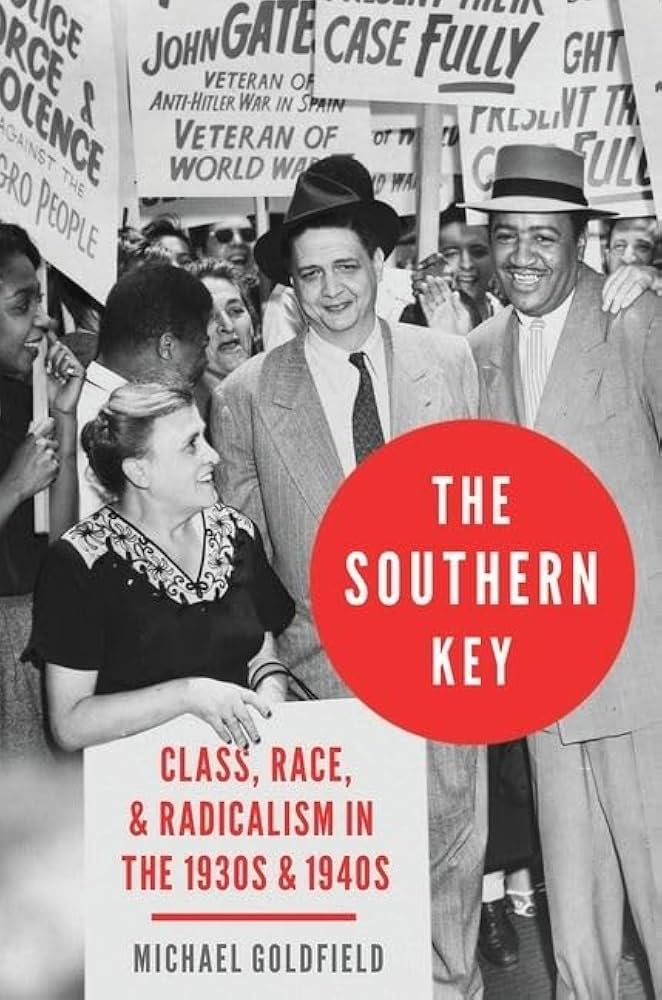Most studies of the 1930s and 1940s stress the failure of the Southern labor movement in the face of persistent racism, corporate resistance, and repressive police power. While acknowledging its shortcomings, Goldfield forcefully argues that they were by no means inevitable. In his view, this period represented a unique opportunity to transform not only the region’s labor and race relations but also political and social relations in the nation as a whole. In careful detail, The Southern Key documents interracial organizing across four major industries—textiles, wood, coal, and steel—and multiple cities and towns in the South, including Birmingham, Alabama; Paint Creek and Cabin Creek, West Virginia; Bogalusa, Louisiana; Elizabethton, Tennessee; and Marion, North Carolina.
Drawing from an exceedingly rich body of secondary studies on the region’s labor history, Goldfield reinforces his argument by calling attention to similar movements in a variety of other industries and cities across the South. Militant labor struggles emerged among packinghouse workers in Fort Worth, Texas; food and textile workers in Winston-Salem, North Carolina; farm equipment workers in Louisville, Kentucky; and oil workers in Port Arthur, Texas, among others. Unionized Texas oil workers, for example, in addition to negotiating a contract with management, also initiated a drive to register black voters and campaigned against the discriminatory poll tax.
Employing an explicitly materialist conceptual framework, Goldfield places the economy, capital, and labor conflict—as influenced by race and gender relations—at the center of his analysis. He concedes that certain cultural factors had the capacity to “take on a life of their own and even cause changes in the economy,” but he firmly rejects emphases on religion, paternalism, or any form of “culturalism as a primary mode of analysis.” Goldfield specifically outlines the local, national, and international structures of each industry, including an assessment of capital investments, labor recruitment, skill requirements, technology, production, and market demands. In a close study of the textile sector, to give one example, he offers an extended discussion of the interrelated development of the textile industries in the United States, Britain, India, Russia, and South Korea. Access to textile-producing technology and relatively “low capital and labor requirements” facilitated the movement of the sector into a variety of countries, which in turn had a major impact on local labor struggles and the modes of organizing that they adopted.
